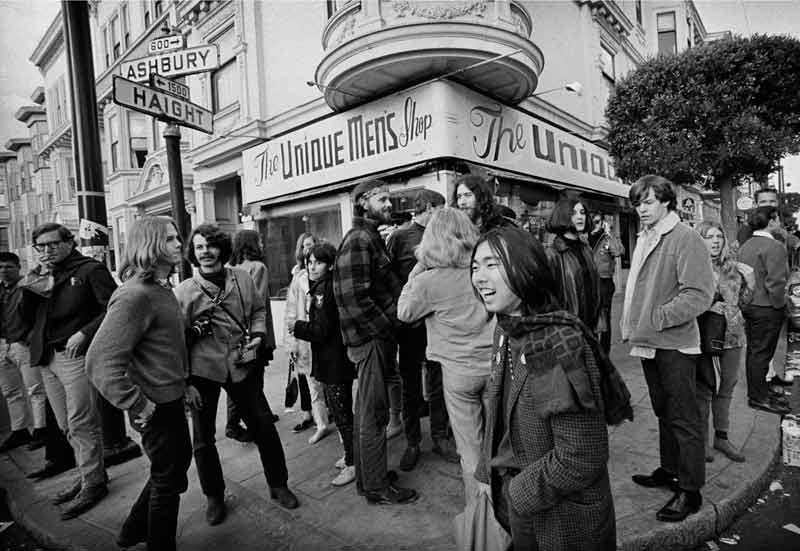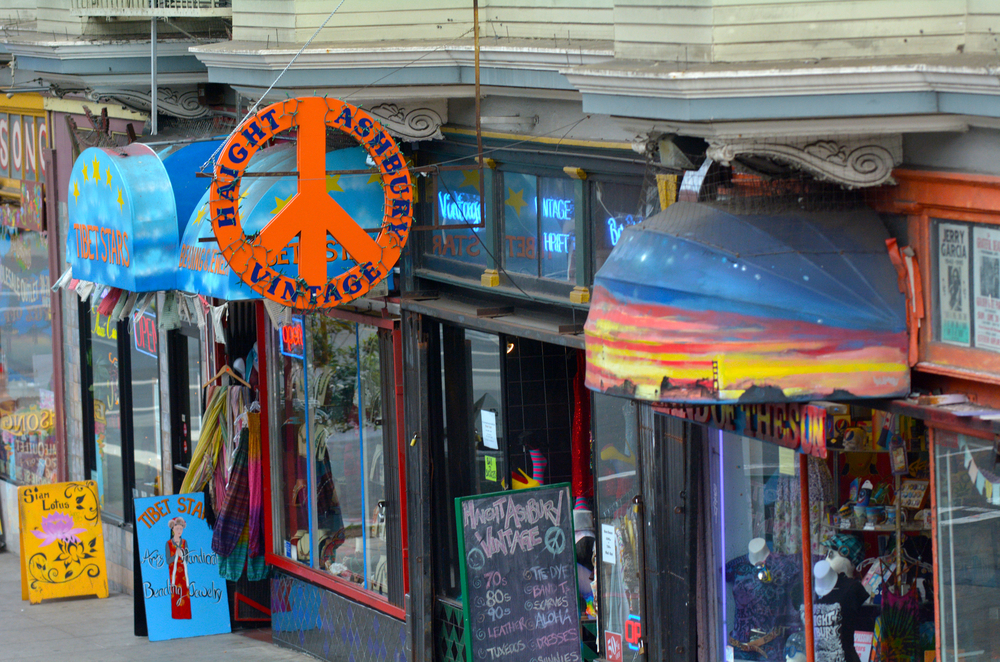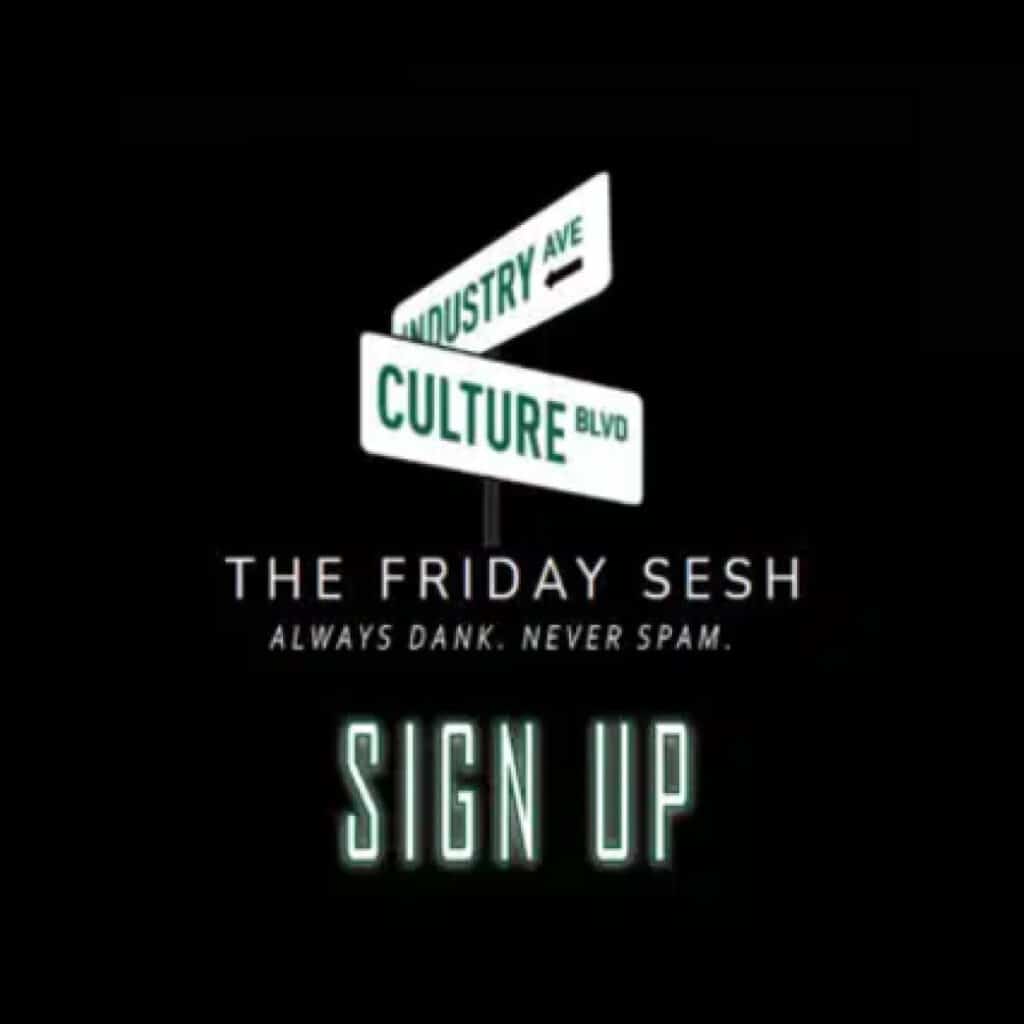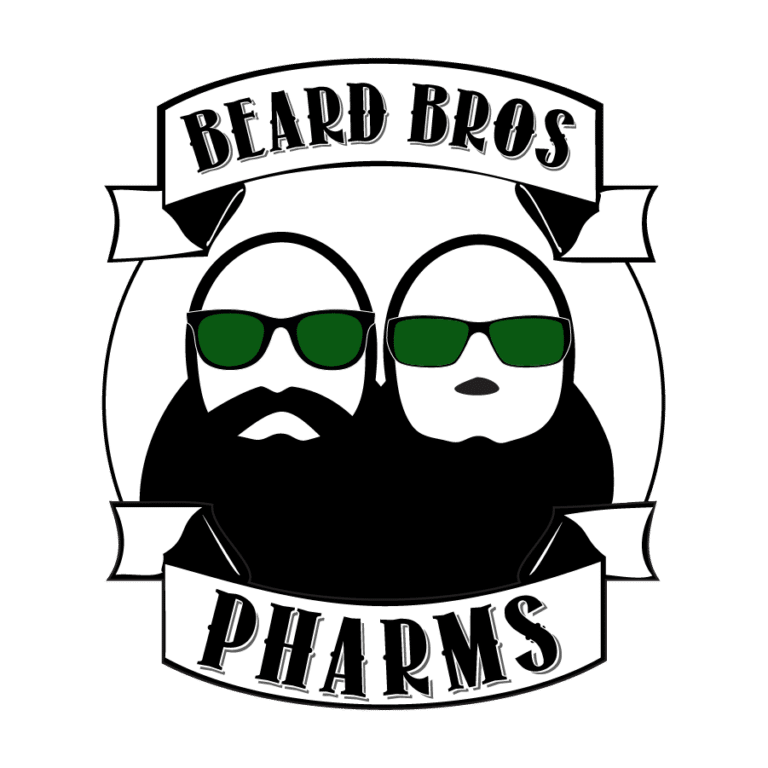San Francisco’s Haight-Ashbury district, a name synonymous with the vibrant, often tumultuous, counterculture movement of the 1960s, holds a fascinating place in the history of travel. While not a traditional tourist destination in the sense of historical monuments or natural wonders, its magnetic pull on youth from across America created a unique form of migration – one fueled by ideals, music, and a substance that would become deeply intertwined with its identity: cannabis. For today’s cannabis traveler, understanding the story of “Hashbury,” as Hunter S. Thompson famously dubbed it, offers a compelling glimpse into the origins of a culture that continues to shape how people explore the world through a cannabis lens.
The mainstream media, captivated by the burgeoning hippie lifestyle in the Haight-Ashbury, played a significant role in drawing national attention to the district. Hunter S. Thompson’s labeling of the area in The New York Times Magazine, coupled with near-daily reporting on the activities unfolding there, painted a vivid, if sometimes sensationalized, picture of a community attempting to build a new way of life. This coverage acted as a siren song, beckoning young people from all corners of America who were disillusioned with conventional society and eager to find a place where counterculture ideals, music, and a more liberal approach to consciousness-altering substances were embraced.
At the heart of this burgeoning community was a desire to create a social experiment, a concentrated gathering spot where like-minded individuals could connect and explore alternative ways of living. The neighborhood itself became a stage for this experiment, offering a physical space for hippies to converge and share their experiences.
Crucial to this experiment was the role of cannabis and other psychedelics. The opening of Ron and Jay Thelin’s Psychedelic Shop on Haight Street in January 1966 marked a pivotal moment. As the first head shop, it provided a readily accessible source for marijuana and LSD, substances that were seen not just as recreational drugs, but as essential components of the hippie lifestyle in the Haight-Ashbury. Along with other establishments like The Blue Unicorn coffee shop, the Psychedelic Shop quickly evolved into an unofficial community center. These spaces became vital hubs where the growing numbers of hippies migrating to the neighborhood in 1966-67 could gather, connect, and access the substances that were perceived as a community unifier. The easy access to drugs throughout the entire hippie community was a defining characteristic, reinforcing the sense of shared experience and rebellion against mainstream norms.

The zenith of the Haight-Ashbury’s fame arrived with the 1967 Summer of Love. This period coincided with the increasing mainstream acceptance of psychedelic rock music, which was receiving more and more commercial radio airplay. The neighborhood became a haven for many of the era’s most influential psychedelic rock performers and groups. The fact that members of these iconic bands lived close to the intersection of Haight and Ashbury not only immortalized the scene in song but also fostered a deep connection between the musicians and the community. Their presence further amplified the district’s allure, drawing even more people seeking to be part of this cultural phenomenon.
The Summer of Love attracted a remarkably diverse crowd. Teenagers and college students, lured by the promise of a cultural utopia and the presence of their peers, flocked to the Haight. They were joined by middle-class vacationers curious to witness the spectacle, and even partying military personnel from nearby bases, all drawn by the magnetic pull of this unique cultural moment.
However, the Haight-Ashbury, a residential neighborhood never designed for such a massive influx of people, quickly buckled under the pressure. Overcrowding, homelessness, hunger, escalating drug problems, and a rise in crime became stark realities. The utopian dream began to unravel. Many who had arrived with high hopes left in the autumn to resume their college studies, disillusioned by the harsh realities of the overcrowded and struggling community.
The symbolic end to this initial phase of the Haight-Ashbury experiment was marked on October 6, 1967, with a mock funeral, a “Digger happening” titled “The Death of the Hippie.” As Mary Kasper explained, the message was clear: “We wanted to signal that this was the end of it, don’t come out. Stay where you are! Bring the revolution to where you live. Don’t come here because it’s over and done with.” This event was a poignant acknowledgment that the concentrated social experiment in the Haight-Ashbury had reached its limit and that the spirit of the counterculture needed to spread beyond its physical boundaries.
For today’s cannabis traveler, the story of the Haight-Ashbury offers a powerful historical context. The initial migration to the district was, in many ways, an early form of cannabis-related travel. People were drawn to a place where cannabis was not only tolerated but actively embraced as part of a lifestyle. While the Summer of Love ultimately proved unsustainable in its concentrated form, the ideals and the association of cannabis with counterculture and community took root and spread.
Modern cannabis travelers, visiting legal dispensaries and engaging in cannabis-friendly experiences in places like San Francisco, are, whether consciously or not, tapping into a lineage that has its origins in the Haight-Ashbury. The desire to explore places where cannabis is integrated into the culture, to connect with like-minded individuals, and to experience different perspectives while consuming cannabis, echoes the motivations of those who flocked to “Hashbury” over half a century ago.
While the Haight-Ashbury of today is a far cry from the chaotic, yet vibrant, scene of the 1960s, its legacy as a birthplace of cannabis culture and a destination for those seeking alternative experiences remains significant. Understanding its history provides valuable insight into the evolution of cannabis as a cultural force and its enduring connection to travel, community, and the pursuit of a different way of life. The echoes of the Summer of Love still resonate in the world of cannabis travel, reminding us that the desire to explore, connect, and experience the world through a cannabis lens is a journey with deep historical roots.
Why Beard Bros Travel Features the Haight-Ashbury
At Beard Bros Travel, we believe cannabis culture is about more than consumption—it’s about connection, creativity, and exploration. Featuring destinations like Haight-Ashbury shines a light on landscape highs and the visionaries who challenged conventions.
These spotlights invite our readers—especially cannabis enthusiasts with a passion for design, culture, and innovation—to think differently about travel. Whether you’re blazing new trails or just looking for places that spark conversation and wonder, the Haight-Ashbury is a trip worth taking.
Interested in cannabis and travel, click here. Check out our cannabis travel listings here. Read more travel articles here.






















